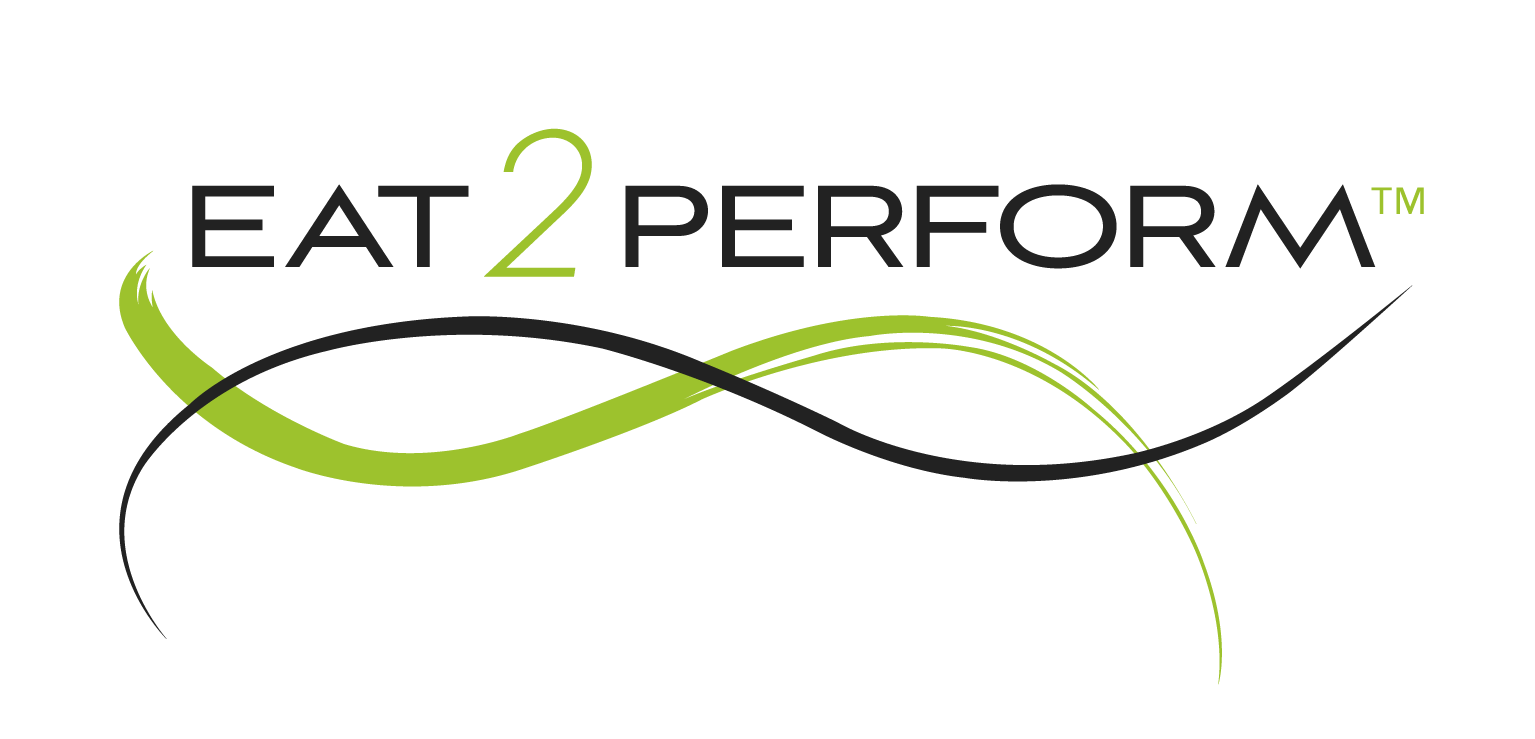
22 Jul Sports Injuries Part 2: Recovering from a Sports Injury
In sports, there are few things worse than being injured. Sitting on the sidelines for competitions you’ve been training for is not fun. But, good news, there are ways that you can help speed up your recovery process to get back in the game as soon as possible! Check ‘em out below!
- FUEL
You’ll notice this is a repeating point from my previous post about preventing sports injuries. However, it is equally as important if not more important during recovery from an injury. When an athlete breaks a bone, tears tissue, or gets a concussion, they are left unable to participate in their typical training regimen. Because of this, many think that decreasing the quantity of food they eat is necessary since they’re not training as intensely or as regularly. Incorrect. In fact, the trauma that your body experiences upon injury is immense and the amount of energy required for recovery is larger than you would think. Eating too few calories leaves the athlete’s body underfueled and will actually slow down recovery.
2. Prioritize Protein
Protein is the main component of muscles, tendons, bones, and many other parts of the human body. When you break/tear/strain something, the proteins that were holding it together are lost. So, it is extremely that you are reintroducing high levels of protein in order to allow the body part to be restored quickly and effectively. In general, an injured athlete should try to eat about 0.45-0.55 grams of protein per pound of bodyweight per day. For a 200 pound athlete, that is around 110 grams of protein each day during the healing process.

3. Vitamin “Come Back”
Known to most as vitamin C, an athlete may consider calling this nutrient Vitamin “Come Back.” This vitamin, which is also an antioxidant, is highly regarded for its role in immune function and its ability to speed up recovery rates after physical activity, and is absolutely critical for any healing process. High amounts of vitamin “Come Back” can improve the rate at which the body is able to respond to and heal injuries. For injured athletes, it is necessary to be eating at least the daily recommended intake, 90mg for males and 75mg for females, of vitamin C. Foods that are high in vitamin C include citrus fruits, green vegetables, and bell peppers.
4. Fit in Fats
Both our brains and cell membranes are coated in a protective layer of fat. This allows for efficient communication within our body and improves our resiliency to attackers outside the body. Because of this, increasing the amount of fat consumed during recovery is extremely important as the body begins to rebuild what was lost.


Sorry, the comment form is closed at this time.